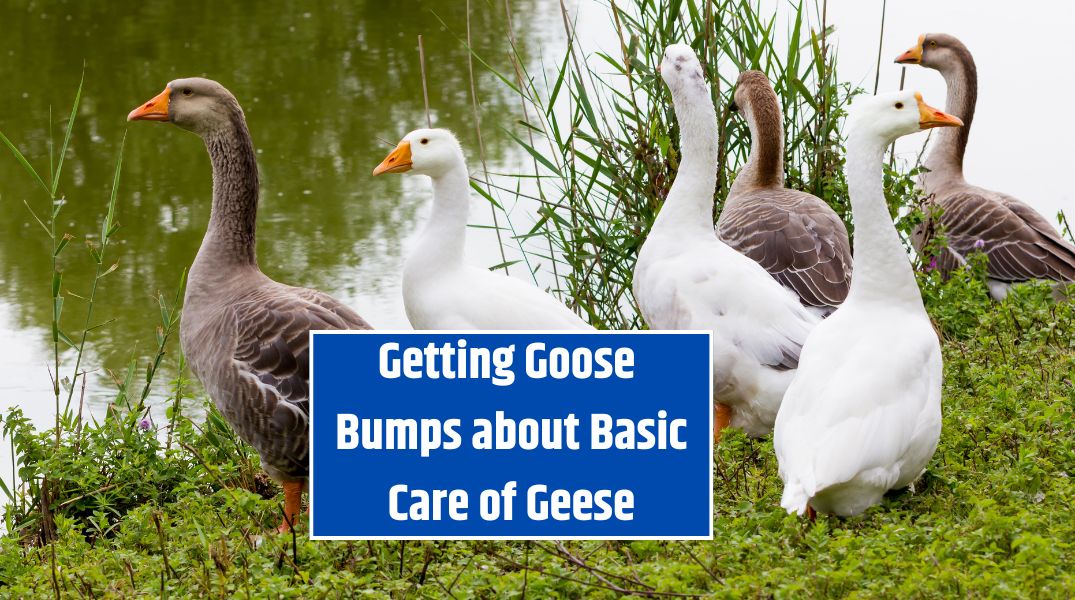Backyard poultry-keeping has grown in popularity, with chickens being the most common choice for many enthusiasts. However, an increasing number of individuals are discovering the joys of raising geese in their backyards.
Geese are delightful, sociable creatures that offer unique benefits to poultry enthusiasts. This article will delve into the basic care of backyard geese while highlighting the similarities and differences with backyard chickens.
Housing and Space
Both geese and chickens require housing to protect them from predators and extreme weather conditions. Coops and enclosures should be secure, well-ventilated, and spacious enough to allow the birds to move freely. Geese in general generally need more space compared to chickens due to their larger size and active nature.
They enjoy grazing and roaming, so providing access to a fenced yard or pasture is essential. Additionally, geese prefer to nest in more open areas compared to chickens, which prefer nesting boxes in a secluded corner of the coop.
Feeding and Nutrition
Similarities
Geese and chickens share some dietary requirements, such as access to clean water and a balanced diet containing grains, vegetables, and protein sources like insects or commercial feeds.
Differences
Geese are primarily grazers and prefer a diet rich in grass. While chickens will peck at grass, they tend to be more omnivorous, enjoying a mix of grains, vegetables, and protein. Geese also have longer necks and can reach vegetation higher off the ground, making them excellent foragers in meadows and ponds.
Social Behavior
Similarities
Both geese and chickens are social animals that thrive in the company of their flock members. They establish a hierarchy within the group, and maintaining a harmonious environment is vital for their well-being.
Differences
Geese are remarkably loyal and form strong bonds with their human caretakers. They can also be protective of their territory and fellow geese, making them effective watchdogs. In contrast, chickens are generally less attached to humans and are more focused on establishing a stable pecking order within their flock.
Egg Production and Incubation
Similarities
Both geese and chickens lay eggs, and these can be collected for consumption or hatching.
Differences
Goose eggs are larger than chicken eggs, with a thicker shell. While chickens are known for their frequent egg-laying throughout the year, geese tend to lay eggs seasonally, with peak production during the spring. Geese are also known for their attentive mothering behavior, diligently incubating their eggs and caring for their goslings after hatching.
Raising backyard geese can be a rewarding experience that offers unique benefits compared to keeping chickens. Understanding the similarities and differences between these two types of poultry is essential for providing optimal care.
Geese bring charm, loyalty, and natural pest control to the backyard, making them a valuable addition to any poultry enthusiast’s flock. By creating a safe and nurturing environment, poultry keepers can enjoy the delights of both chickens and geese, enriching their lives and creating lasting connections with their feathered friends.

